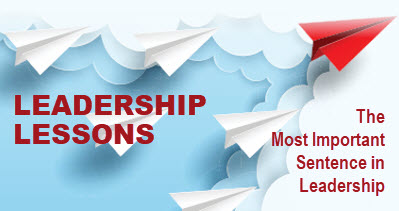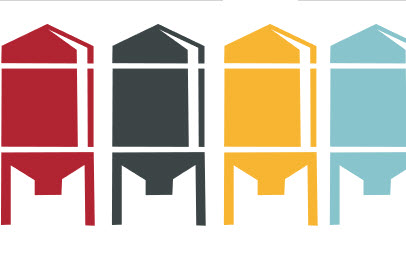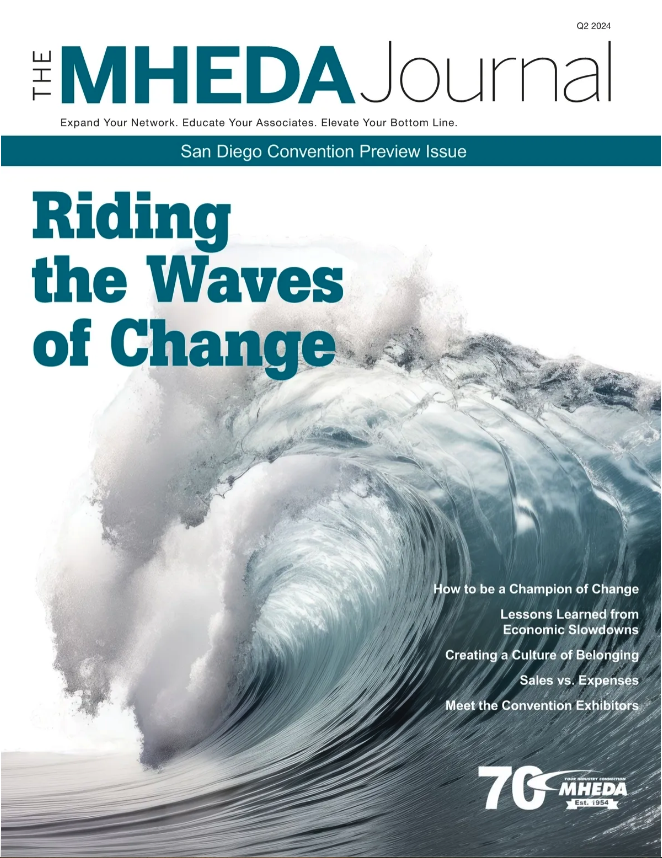Inclusivity Is More Than Just a Word
June 19, 2023
By Nicole Needles
Inclusion is often just a word used in businesses with little meaning. It is either a box companies check or a buzzword they use for recruiting. But what does it mean to practice inclusivity and make a conscious effort to have a diverse workforce? It all starts with a discussion.
“Leaders have to sit down and overthink it, argue a little bit and come up with a definition,” Joe Gerstandt says. Gerstandt is a speaker, author and consultant helping businesses understand what it means to be diverse and inclusive. He will be one of the speakers at the 2023 MHEDA Convention and will touch more on this topic.
“One of the most important things organizations can do early on is to say, ‘When we say diversity here, this is exactly and specifically what we mean. When we say inclusion here, this is exactly and specifically what we mean.’ Those definitions may be imperfect and incomplete. Still, they’re going to be useful in helping us make sure that when we sit down and talk about this stuff, we’re all talking about the same thing,” Gerstandt says.
Defining what this word means to a specific organization can avoid many issues that may come up when diversity and inclusion are not prioritized. If the environment is not welcoming or cohesive, it can take a considerable toll. Employees feel a lack of motivation to participate and share their ideas because they feel like an outsider, and the team also loses out on their insight and contributions. It’s such a large portion of the day spent in a stifling environment.
“We’re being wasteful with the human potential we have access to. Everybody in the workforce has a unique, one-of-a-kind contribution to make. But, if there is pressure to conform, assimilate and be less true to yourself — more like the folks around you — you will get less of a unique contribution,” Gerstandt says.
So where can businesses go from here? Hopefully, no employer wants their workplace to be unequal, but creating a safe space can feel daunting if that culture is not already in place. He says that when businesses implement efforts such as a renewed commitment statement, a diversity council or employee resource groups, that is a significant first step. It doesn’t magically change the business environment, however.
“Leaders and co-workers can do many small things in meetings, conversations and relationships to create a more consistently inclusive experience for their employees. It’s primarily behavioral. It’s different from those programs and infrastructures in place,” Gerstandt says. “But if you want to change how employees feel, you must change the behaviors of the people around them, especially their boss. The work of inclusion is more about leadership than anything else.”
Employees often find themselves in an environment that’s not necessarily inclusive but not overtly harmful. However, some settings are plain and simply biased. Gerstandt says making this change is more systemic than behavioral oftentimes. For example, he references Malcolm Gladwell’s book “Blink: The Power of Thinking Without Thinking.” In 1980, many orchestras and symphonies were made up of white men. Conductors insisted that they looked only at talent, not race or gender. However, they changed the audition process; musicians would perform behind screens so they couldn’t be seen and would walk on a carpet so judges couldn’t identify the kind of shoes they were wearing. As a result, the demographics of these orchestras changed.
“They didn’t fix anything on the individual level, those conductors were still wholly convinced they were free of bias, but they changed the process. That’s the most significant opportunity to get ahead of discrimination in the workplace. Feeling out a bit more about how we write job descriptions, do resume reviews, conduct interviews and make the hiring decision,” Gerstandt says. “There are many little tweaks and fixes that can be implemented to reduce the impact of bias. That way, we don’t always have to be thinking about it and try to do things on an individual level. We need to do some of both.”
Putting foundational changes in place in addition to changing behaviors is the perfect marriage to make the word inclusivity carry weight in an organization. Why does any of this matter? Though the answer may seem obvious, some workplaces are still grappling with making diversity and inclusion a priority.
“I’ve been doing diversity and inclusion work for almost 20 years, but I didn’t take a straightforward route into this work. I had to learn and unlearn a lot of things. I became aware that I’m pretty socially privileged, and I generally get the benefit of the doubt everywhere I go. I thought that was the way the world was for everyone. But along the way, I met people — people who were different — and they had different experiences. They were being treated differently by employers, families, neighbors, houses of worship and schools,” he said. “I realized that everybody didn’t have the same experience I did and that that experience had consequences. Since becoming aware of that, I’ve always felt obligated to do something about that to try to be a part of the solution.”
It’s when we look for changes we can make in ourselves and look for structural changes in systems we’ve always relied on that we can truly realize the potential and individuality that everyone has to offer. We’re all meant to be different together.








